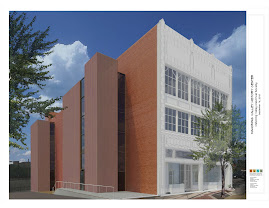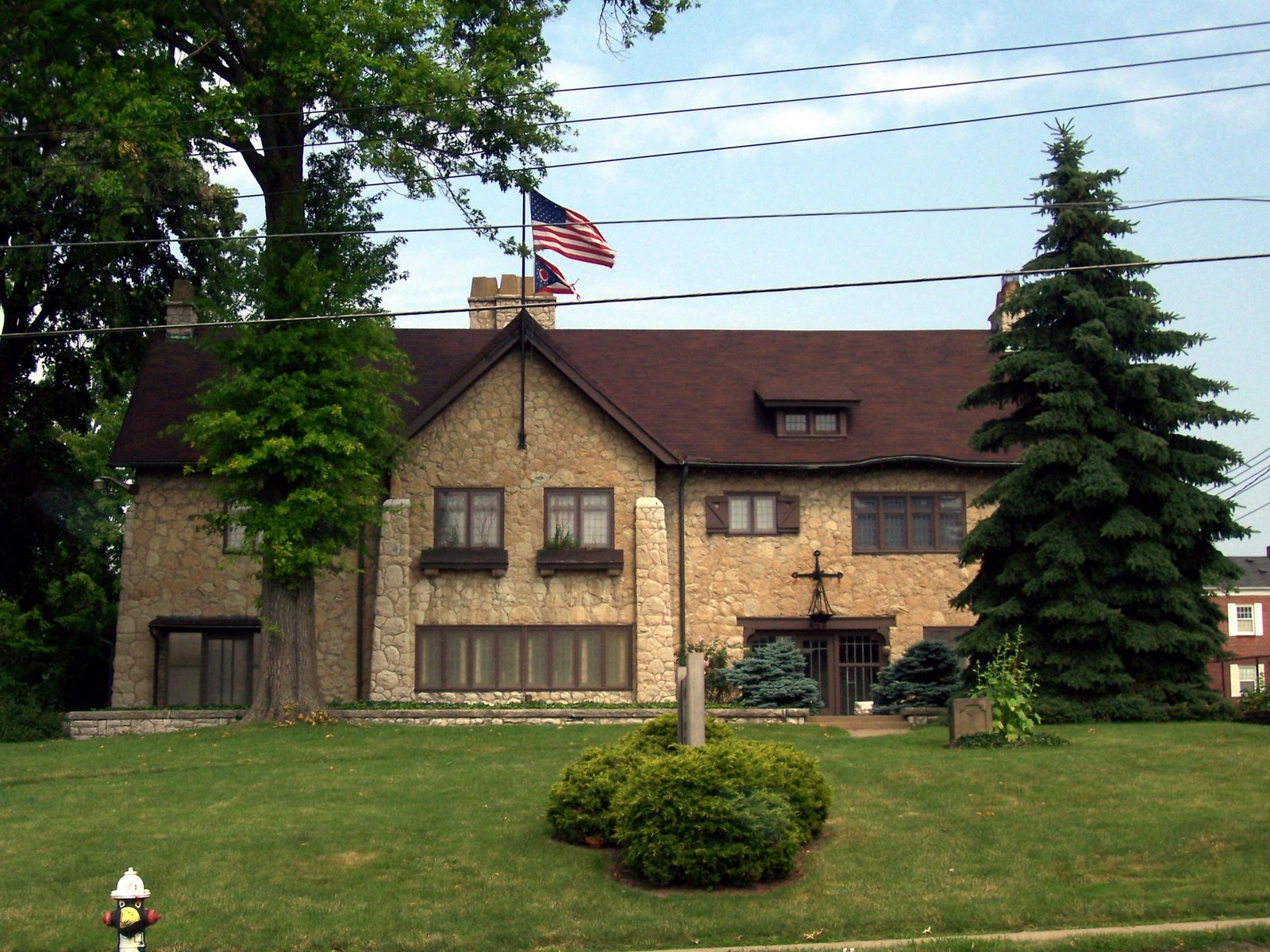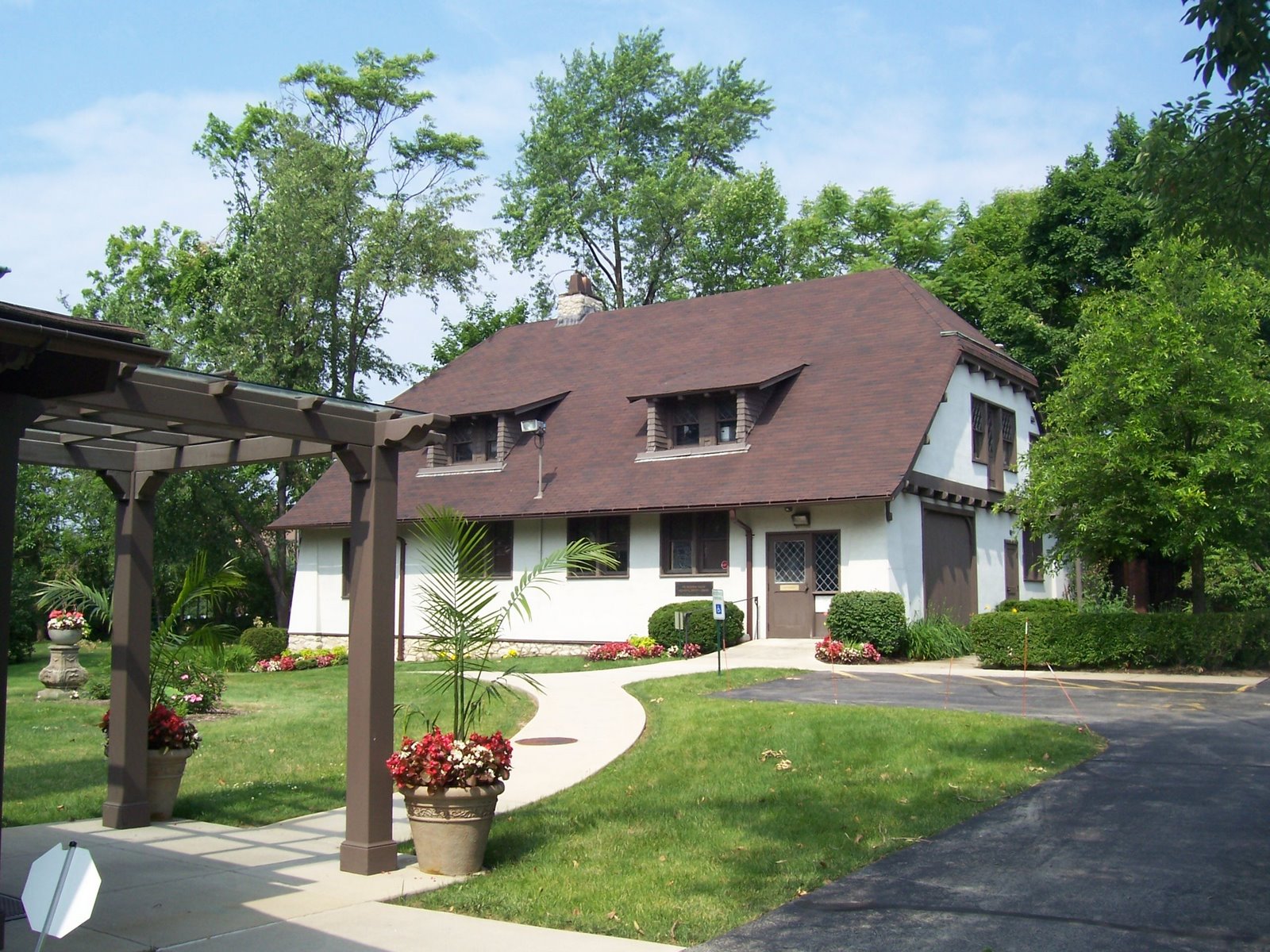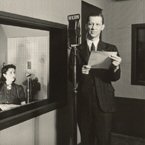Butler Art Institute
 This institution, the gift of J. G. Butler, Jr., to the City of Youngstown, is not only a realization of the ambition of its founder but fulfills the fond hope of the many residents of this community who are lovers of art. In the words of one of its admirers this art institute has an ennobling influence "not only because it provides a profitable recreational interest for leisure hours but because the contemplation of beautiful works of art exalts the spirit and awakens in the beholder a civic pride —a desire to have the city a fitting environment for its people."
This institution, the gift of J. G. Butler, Jr., to the City of Youngstown, is not only a realization of the ambition of its founder but fulfills the fond hope of the many residents of this community who are lovers of art. In the words of one of its admirers this art institute has an ennobling influence "not only because it provides a profitable recreational interest for leisure hours but because the contemplation of beautiful works of art exalts the spirit and awakens in the beholder a civic pride —a desire to have the city a fitting environment for its people." Mr. Butler has been a collector of fine paintings for many years, and even before the establishment of the present institution made every effort to permit the people of Youngstown to share in the enjoyment of these works of art. When the Mahoning Institute of Art was incorporated on February 27, 1915, he was elected its president, this organization being the outgrowth of a movement started by the Ohio Federation of Women's Clubs. Under the patronage of the Mahoning Institute of Art many exhibits of paintings were brought to Youngstown and these aroused great interest, although the exhibits were made with difficulty, as Youngstown had no appropriate place in which they could be held.
Mr. Butler has been a collector of fine paintings for many years, and even before the establishment of the present institution made every effort to permit the people of Youngstown to share in the enjoyment of these works of art. When the Mahoning Institute of Art was incorporated on February 27, 1915, he was elected its president, this organization being the outgrowth of a movement started by the Ohio Federation of Women's Clubs. Under the patronage of the Mahoning Institute of Art many exhibits of paintings were brought to Youngstown and these aroused great interest, although the exhibits were made with difficulty, as Youngstown had no appropriate place in which they could be held.In the erection of the Butler Art Institute this handicap has been overcome. The institute now has a permanent collection of seventy-five paintings of high artistic quality, suitably housed on the first floor of the art buildings, and to this collection will be added more paintings from time to time. This is only part of the opportunity afforded by the institution, however. It is the policy of the institute to invite outside exhibits in order to give the people opportunity to become acquainted with the works of great artists who are not yet included in the permanent collection. To give art a vital interest in the life of the community, lectures are also arranged and given to the public free of charge.
The educational department has now four well-organized classes— the local artists, who are allied under the name of the Mahoning Society of Painters, the Youngstown Art League, under the direction of Ceylon Hollingsworth, a picture study class for young children, and a class in drawing and painting for the upper grade students with special talent.
The first exhibit of paintings done by local artists was held in the winter of 1919-20, with results that were gratifyingly surprising to promoters, exhibitors and the public alike. The attendance was far beyond expectations, and those who attended were in turn astonished to find that Youngstown had so many talented artists. It was this showing that inspired the organization of the Mahoning Society of Painters, a body of men and women who have banded together to exchange ideas and to develop the talent given them. It is more than likely that, as a result of this movement, an exhibit by local artists will be an annual feature of the Art Institute.
The Institute is given over wholly to American art. It is unique in the United States in this respect, and it is certain that this will have a great influence in encouraging American artists and in leading them to greater efforts.
The Butler Art Institute itself is an unusually beautiful building of Georgia marble. The main facade is 120 feet long and 34 feet 11 inches in height. The central feature is a portico of three arches, and on either side are niches containing statues of Apollo and Minerva, the work of the great American sculptor, J. Massey Rhind. The portico gives access to the central hall, designed to receive sculpture and objects of art other than paintings.
The doorway opposite the entrance gives access to the staircase lending to the second floor, and also leads out of the gallery to the open court that will lie between the two proposed projecting wings of the building. It is proposed to arrange this court as a formal Italian garden, with fountains and with a loggia at the extreme end corresponding to the entrance portico. The doorways to the right and left of the central hall lead to the two principal galleries for paintings. The wings to be added will be entered through these rooms, the entrance being indicated now by doorway outlines that are temporarily housing paintings. The general style of the building throughout is of the Early Italian Renaissance. The park-like Institute grounds will extend from Wick Avenue through to Bryson Street, all the property for this purpose having been purchased by Mr. Butler. The structure was designed by McKim, Meade & White.
The building was formally opened on October 15, 1919, and on October 16, 1919, was opened to the public. The patronage since the opening day has been surprisingly large. It has not only been a gathering place for Youngstown lovers of the beautiful, but the Institute register daily records the names of art lovers from all sections of the country from the Atlantic Coast to California.
The Institute represents thus far an investment of approximately $500,000 in lands, building and paintings given by Mr. Butler from the private collection that he has been years in accumulating. In addition the founder has provided an endowment fund of $200,000 to insure the permanency of this great work. To enable this to be carried on the Butler Art Institute was regularly incorporated on December 27, 1919, by J. G. Butler, Jr., John Stambaugh, John W. Ford, Jonathan Warner and Henry A. Butler.






